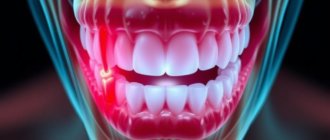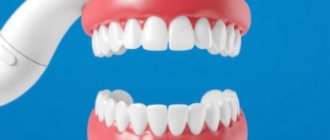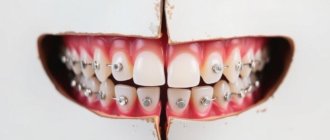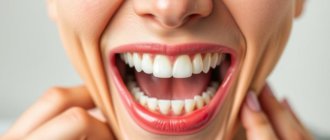Gum recession is a common dental issue that often sneaks up on people without obvious warning signs until the damage is already done. It occurs when the gum tissue surrounding the teeth begins to pull back or wear away, exposing more of the tooth or the tooth’s root beneath. This can lead to increased sensitivity, a higher risk of cavities, and even tooth loss if left untreated. But what causes gums to recede, and more importantly, how can we stop it or reverse the effects? In this article, we will explore the primary causes of gum recession, highlight the symptoms you should be aware of, and discuss the most effective gum recession solutions available today. Whether you are experiencing symptoms or just want to keep your smile in tip-top shape, understanding gum recession is the first step toward healthier gums and teeth.
Содержание
- 1 Understanding Gum Recession and Its Impact
- 2 Causes of Gum Recession: What You Need to Know
- 3 Diagnosing Gum Recession: What to Expect From Your Dentist
- 4 Solutions for Gum Recession: How to Restore and Protect Your Gums
- 5 Daily Habits to Prevent Gum Recession
- 6 The Role of Nutrition in Healthy Gums
- 7 Common Myths About Gum Recession
- 8 Frequently Asked Questions About Gum Recession
Understanding Gum Recession and Its Impact
Gum recession isn’t just an aesthetic concern; it significantly affects oral health. When gums recede, the roots of the teeth become exposed, which are not protected by enamel like the crown of the tooth. This exposure increases vulnerability to decay, root sensitivity to hot or cold, and potential gum infections. You might notice your teeth looking longer than usual or feel sensitivity when brushing or eating certain foods. In some cases, gum recession can also alter your bite, contributing to discomfort or jaw problems.
It’s important to spot these symptoms early so you can take prompt action. Common signs of gum recession include:
- Visible lengthening of the teeth
- Tooth sensitivity, especially to temperature or sweet foods
- Uneven gum line or gums that look inflamed
- Tooth mobility in severe cases
- Bad breath or taste due to bacterial buildup in the exposed areas
Addressing gum recession early can save you from complex dental procedures and improve your overall oral health.
Causes of Gum Recession: What You Need to Know
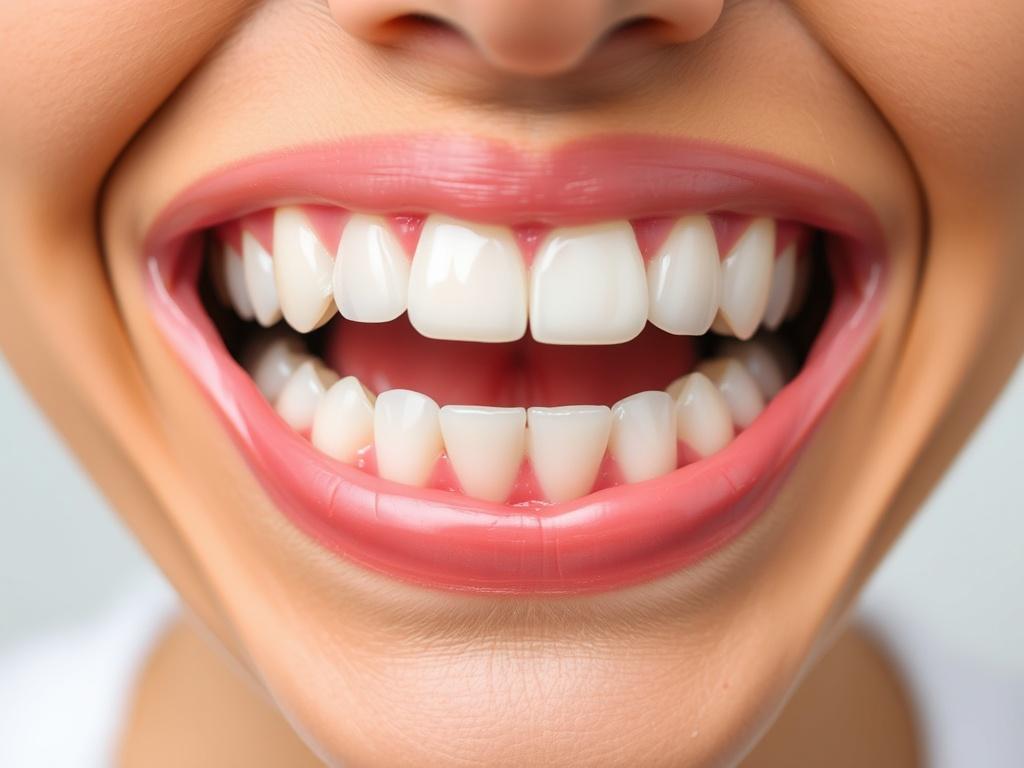
Gum recession can result from a variety of factors, often acting in combination rather than isolation. Understanding these causes is crucial for prevention and treatment. Here’s a breakdown of the most common causes contributing to gum recession:
1. Poor Oral Hygiene
Neglecting regular brushing and flossing allows plaque and bacteria to accumulate along the gum line. This plaque hardens into tartar, irritating the gums and leading to inflammation and infection—conditions known collectively as gum disease or periodontal disease. Gum disease is one of the leading causes of gum recession, as the infection destroys the tissue and bone supporting the teeth.
2. Aggressive Brushing
It may sound counterintuitive, but brushing your teeth too hard or using a toothbrush with hard bristles can actually damage your gums over time. This repeated trauma can cause the gums to wear away, exposing tooth roots. Dentists often recommend soft-bristle toothbrushes and gentle brushing techniques to protect gums.
3. Genetics
Sometimes, your family history plays a role. Some people are more naturally predisposed to thinner or weaker gum tissues, making them more susceptible to gum recession even if they follow good dental hygiene practices.
4. Hormonal Changes
Fluctuations in hormone levels, especially in women during puberty, pregnancy, and menopause, can make gums more sensitive and vulnerable to recession.
5. Tobacco Use
Smoking or chewing tobacco impairs blood flow to the gums, making it harder for the body to fight off infections. Gum tissue damages more quickly in smokers, and healing is slower, leading to faster gum recession.
6. Teeth Grinding and Clenching
Bruxism, or the habit of grinding and clenching teeth, creates excessive pressure that can damage gums and supporting tissues, contributing to recession.
7. Misaligned Teeth or Bite Problems
When teeth do not fit together properly, excessive force may be placed on the gums during chewing, contributing to wear and recession over time.
8. Piercings
Oral piercings, such as lip or tongue rings, can rub against gums continuously and cause localized gum recession.
To help visualize these causes, here is a comprehensive table summarizing each factor and its effect on gum health:
| Cause | Description | Effect on Gums |
|---|---|---|
| Poor Oral Hygiene | Inadequate brushing/flossing leads to plaque build-up | Gum infection and inflammation leading to tissue loss |
| Aggressive Brushing | Harsh brushing techniques or hard bristles | Physical wear and tear causing gum tissue damage |
| Genetics | Inherited traits affecting gum thickness | Natural predisposition to thinner or weaker gums |
| Hormonal Changes | Fluctuations in hormone levels (e.g. pregnancy) | Increased gum sensitivity and vulnerability |
| Tobacco Use | Smoking or chewing tobacco products | Reduced healing and increased infection risk |
| Teeth Grinding | Bruxism causing excess pressure on teeth/gums | Tissue trauma and gum recession progression |
| Malocclusion | Misaligned bite or crooked teeth | Uneven pressure leading to gum damage |
| Oral Piercings | Rings or studs irritating gum tissue | Localized wear and gum tissue injury |
Recognizing the cause or causes behind your gum recession is critical because it guides the choice of treatment methodology.
Diagnosing Gum Recession: What to Expect From Your Dentist
If you suspect that your gums are receding, scheduling a dental evaluation is essential. Dentists diagnose gum recession through a visual and physical examination. They will measure the depth of the pockets between your teeth and gums using a specialized probe. Healthy gums generally have pocket depths between 1 and 3 millimeters; greater depths can indicate gum disease or recession.
Additionally, dental X-rays might be used to evaluate bone loss or other structural issues contributing to gum recession. Your dentist may also inquire about your oral habits, medical history, and lifestyle choices like smoking or stress (which may contribute to teeth grinding).
Early detection ensures that gum recession solutions can be implemented before more extensive damage occurs.
Solutions for Gum Recession: How to Restore and Protect Your Gums
The good news is that gum recession is manageable and, in some cases, reversible with proper care and treatment. Depending on the severity and underlying cause, gum recession solutions range from improved oral hygiene practices to advanced surgical procedures. Let’s explore these options in detail.
1. Improving Oral Hygiene Practices
In mild cases, gum recession can slow or stop simply by improving daily oral care. This includes:
- Brushing your teeth twice a day with a soft-bristled toothbrush using gentle circular motions
- Flossing daily to remove plaque from between teeth where a toothbrush can’t reach
- Using an antimicrobial mouthwash to reduce bacteria in the mouth
- Regular professional dental cleanings to remove tartar buildup
Sometimes, dentists recommend switching to an electric toothbrush with pressure sensors to avoid aggressive brushing.
2. Addressing Hardware Problems: Night Guards and Orthodontics
If teeth grinding is contributing to your gum recession, your dentist may fit you with a custom night guard to protect your teeth while you sleep, reducing pressure on the gums. Similarly, if malocclusion or bite problems are at fault, orthodontic treatments like braces or aligners can realign teeth, distributing biting force more evenly and protecting the gums.
3. Quitting Smoking and Tobacco Products
Stopping tobacco use is essential for gum health. Not only does smoking accelerate gum recession, but it also impairs healing after any treatments. Quitting tobacco allows your gums to heal better and lowers the risk of further recession.
4. Medications and Treatments for Gum Infections
If gum disease accompanies your recession, your dentist may prescribe antibiotics or antimicrobial rinses to control bacterial infection. Professional deep cleanings known as scaling and root planing remove plaque and tartar below the gum line, helping gums reattach to teeth.
5. Surgical Gum Grafting Procedures
In moderate to severe cases of gum recession, when enough gum tissue is lost, gum graft surgery may be recommended. This procedure involves taking healthy gum tissue from another area of your mouth (often the roof of the mouth) or using donor tissue and grafting it over the exposed roots. The graft fuses with existing gum tissue, covering the roots, reducing sensitivity, and improving the appearance of your smile.
Types of gum grafts include:
- Connective Tissue Graft: The most common type, tissue is harvested from under the roof of the mouth.
- Free Gingival Graft: Tissue is taken directly from the roof of the mouth and grafted onto the receded area.
- Pedicle Graft: Tissue from adjacent gum is partially cut and slid over the exposed tooth root.
Your dentist or periodontist will recommend the best approach based on your specific case.
6. Laser Therapy
Laser dentistry offers minimally invasive options to remove diseased gum tissue and promote tissue regeneration. Laser therapy can be combined with other treatments for enhanced healing and reduced discomfort.
Daily Habits to Prevent Gum Recession
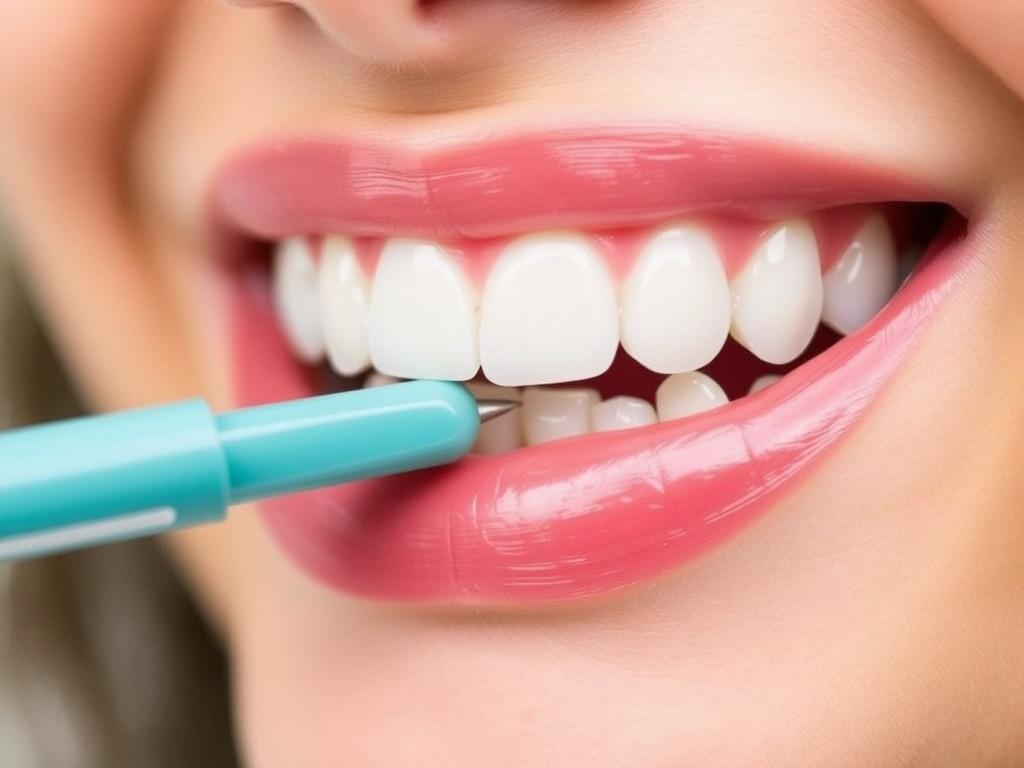
Prevention is always better than cure. Incorporating a few daily habits can drastically reduce your risk of gum recession:
- Use a soft-bristle brush and avoid brushing too hard
- Practice proper flossing techniques—gentle and thorough
- Attend routine dental check-ups and cleanings every six months
- Manage stress to reduce teeth grinding and clenching
- Maintain a balanced diet rich in vitamins C and D for gum health
- Stay hydrated to promote saliva flow, which protects teeth and gums
The Role of Nutrition in Healthy Gums
What you eat influences how your gums respond to disease and injury. Vitamin C, for instance, is crucial for collagen production—a protein that keeps your gums strong. Lack of vitamin C can cause scurvy, leading to gum bleeding and recession.
Other nutrients beneficial for gums include:
- Vitamin D: Supports immune function and bone health
- Calcium: Strengthens teeth and jawbones
- Omega-3 Fatty Acids: Reduce inflammation and gum disease risk
Consider adding foods like leafy greens, citrus fruits, nuts, and fatty fish to your diet to promote gum health.
Common Myths About Gum Recession
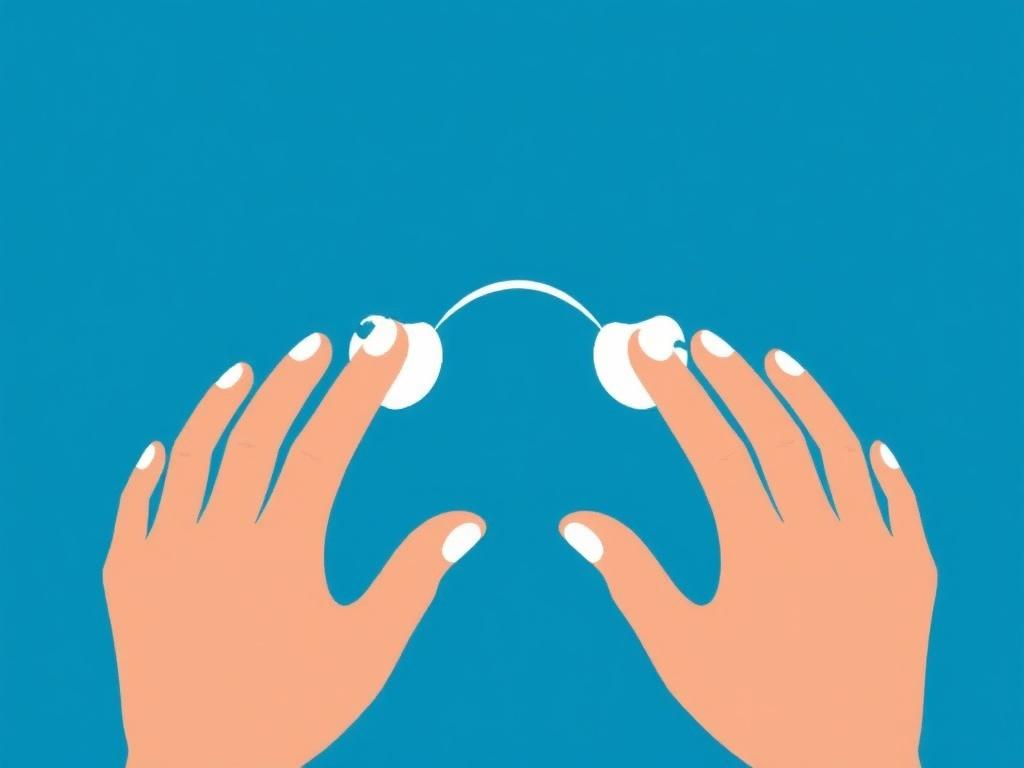
There is plenty of misinformation about gum recession. Let’s debunk some common myths:
- Myth: Gum recession only happens to older people.
Truth: Although more common with age, anyone can experience gum recession due to lifestyle factors or genetics. - Myth: If gums are receding, brushing harder will fix it.
Truth: Brushing harder can worsen gum recession; gentle care is key. - Myth: Gum recession is purely cosmetic.
Truth: It affects oral health and can lead to serious problems like tooth loss. - Myth: Once gums recede, nothing can be done.
Truth: Treatments ranging from improved hygiene to graft surgery can halt or reverse damage.
Frequently Asked Questions About Gum Recession
To clear up any lingering doubts, here are answers to frequently asked questions about gum recession:
| Question | Answer |
|---|---|
| Is gum recession painful? | Not always. Mild recession may cause no discomfort, but exposed roots can be sensitive to temperature or touch. |
| Can gum recession cause bad breath? | Yes, exposed roots and infected gum pockets can harbor bacteria that cause bad breath. |
| How long does gum graft surgery take to heal? | Typically, healing takes 2-4 weeks, with full recovery up to a few months. |
| Can children get gum recession? | Though less common, children can experience gum recession often due to aggressive brushing or orthodontic issues. |
| Are home remedies effective for gum recession? | Home care supports gum health but cannot reverse significant recession; professional treatment is necessary. |
Conclusion
Gum recession is a multifaceted dental concern that affects millions, but with proper knowledge, care, and treatment, it can be effectively managed and even reversed in many cases. Understanding the causes—from poor oral hygiene and aggressive brushing to genetic predisposition and lifestyle factors—allows you to take preventive action early. Whether it’s improving your brushing technique, addressing teeth grinding, quitting tobacco, or seeking professional treatments like graft surgery or laser therapy, there are many options to restore and maintain healthy gums. Incorporating good oral hygiene, a balanced diet, regular dental visits, and protective habits can preserve your gums and keep your smile strong and beautiful for years to come. Don’t wait until sensitivity or visible damage appears—stay proactive about your gum health today.


